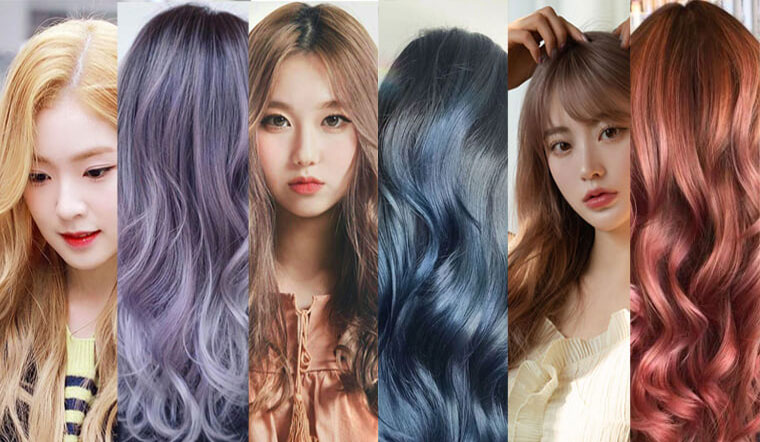Indian raw hair: The type of hair used by the most hair extensions market in the world
Because of the increasing rise of hair extensions, raw hair items are in high demand, and Indian raw hair is becoming more popular in the global hair extensions industry.

Indian raw hair
An overview of Indian raw hair
For its hair extensions products, the Indian hair extensions sector is well-known in Asia, and it is steadily gaining appeal in the global market. Not only may large quantities of Indian raw hair be purchased, but this market also knows how to assess the status of other markets in order to build its own raw hair.
Indian raw hair is well-known around the world since the Indian hair extensions industry is one of Asia’s largest and has a long history. Despite having a huge supply advantage, this company only thrives when Chinese hair dealers come to India to purchase raw hair for the manufacturing of hair extensions. Since then, the Indian hair extensions business has been bolstered and strengthened as the hair extensions market has evolved.
Characteristics of Indian raw hair
What characteristics of Indian raw hair have made them so popular in today’s worldwide hair extension industry?
What is the origin of Indian raw hair?
A wide range of hair extensions is available on the Indian market.

What is the origin of Indian raw hair
- There are a multitude of options for getting Indian raw hair in order to produce and export hair extensions items in the Indian hair extensions market.
- The three main sources of Indian raw hair are temple hair, remy hair, and non-remy hair. First and foremost, temple hair is sourced from virgin Indian hair, which is the principal source of hair for the plant that creates Indian raw hair that is now exported to various worldwide markets. People in India will shave their heads, whether they have long or short hair, and give it to the gods as part of a rite to honor the gods and ask for peace. Because temple hair is not always accessible in India, remy hair is still the favored coarse hair source. Although Indian remy hair isn’t as good as other markets’ remy hair, raw hair with promise in the hair extension sector is critically lacking.
- This is a well-known supplier of Indian raw hairbundles, which are believed to be of the greatest quality. Indian raw hair is typically auctioned off to industries or sold directly to factories with which these temples have agreements. Furthermore, hair companies in China buy them in large quantities.
- Non-remy hair is the least common source of hair in the creation of Indian raw hair since its quality cannot be guaranteed because it is obtained in a scavenging state. If any hair extension market imports this non-remy hair source in the form of Indian raw hair since the price is so low, there will be additional costs when these hair must be treated before being used to produce hair extensions.
Indian raw hair’ benefits and drawbacks
Among the countless types of coarse hair on the market such as wholesale Indonesian coarse hair, and wholesale Cambodian raw hair, what is special about Indian coarse hair? What are the advantages and disadvantages of the products that are presently in use all over the world? Are you curious to learn more about it?

Indian raw hair’s benefits and drawbacks
- With a serious lack of raw hair sources in the worldwide hair extension market, Indian raw hair is a viable choice. Indian raw hair is very popular with hair dealers since they may save money when importing raw hair sources because India offers a large quantity at a lower price than other wholesale raw hair marketplaces.
- In contrast, Indian raw hair lacks a high-quality source, as well as affordable prices and a large supply. Indian hair is thin, brittle, and short-lived in its natural state. Although it isn’t available in large quantities, temple hair is the only source of high-quality hair. Furthermore, the poor quality of the rough Indian raw hair necessitates additional processing time in the manufacturers.
- Because it’s difficult to cure Indian raw hair to make them much better, the low quality will bring a lot of challenges for the hair extension markets. Indian raw hair with a poor structure would require a range of nutrients as well as skilled treatment in order to manufacture hair extensions. As a consequence, markets that opt to purchase this type of coarse hair put themselves in peril.
Indian raw hair compared with raw hair from 5S Hair Factory
5S Hair Factory manufactures high-quality Vietnamese raw hair and has a bright future in the hair extension market. When compared to Indian raw hair, the benefits of 5S hair factory’s products to the worldwide hair extension markets are clear. Without wasting too much time and money dealing with Vietnamese coarse hair, the hair extensions products will be made accurately using the raw hair source given by 5S hair factory.





